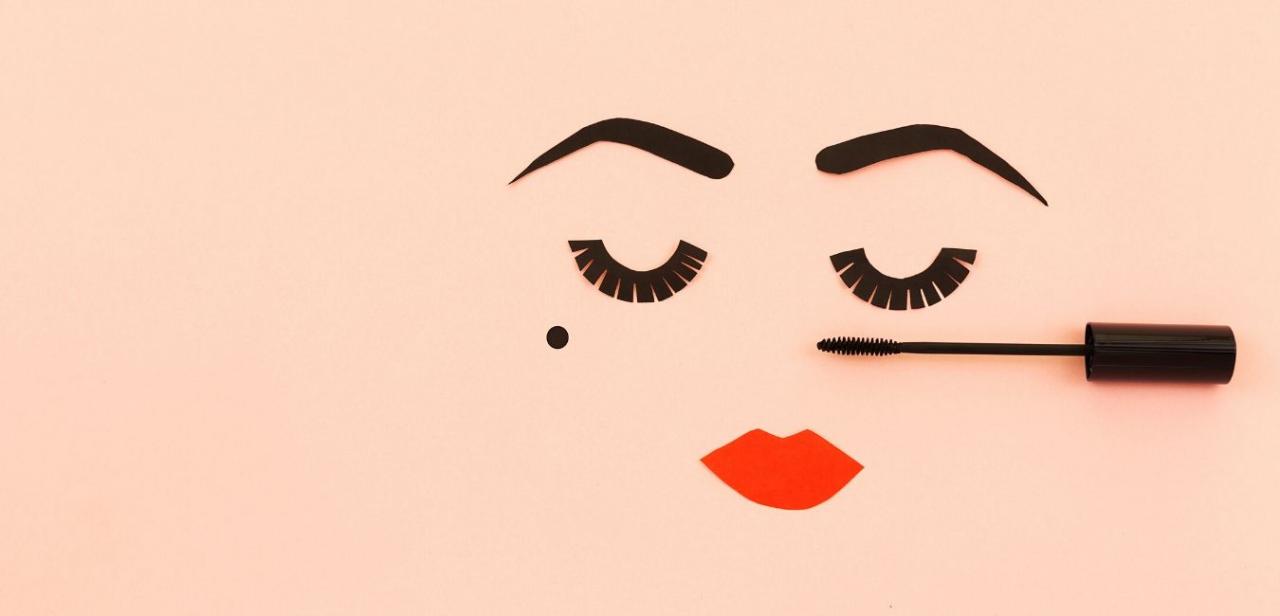Historically, women have used protective clothing, hidden away out of public life, and in many countries, wrapped themselves up in clothing in an attempt to remain untouched by the seedy underbelly of those acts that less than respectable women participate in.
In many countries today, wearing a covering to shield their bodies and sometimes their faces from the lust of men is a social norm and in certain cases, a requirement for respectable women.
Often, intensely private sexuality for women goes hand in hand with disempowerment.
http://www.thestar.com/News/World/article/326354I
In predominantly Muslim cultures, women are hidden away behind their burkas, invisible beings in ghost suits, floating unseen among the populace.
In the U.K, a growing debate about the appropriateness of this piece of clothing for women living and working there has sparked an interesting debate.
http://www.telegraph.co.uk/news/5627346/Why-the-burka-is-part-of-Britain.html
The notion of the oppression of women and the hiding of women and their sexuality seems linked. Fundamental questions about autonomy, choice, equality, independence in movement, self-expression and thought abound in cultures where women’s sexuality, their very presence, is reduced to a billowing piece of cloth.
Here in the liberated U.S. women and girls are feeling their ability to go public with their sexuality as never before. In 2009, so much good, honest information about sexuality is available to women and girls; yet much of this open discussion is left for “others” and girls still struggle with their self-esteem, their knowledge about the functions of their own bodies at times less than adequate for safe sex and/or avoiding pregnancy.
The very public display of bodies, of writhing sexuality in our media and on computer screens has given the impression of liberation and freedom, yet many girls and women silently place their own feelings inside of a makeshift burka, an invisible burka, an internal cloaking that masks a sense of fear, isolation, ignorance and self-doubt.
In the past ten years questions about the education of girls and women has led to many investigations about cultural stereotypes and attitudes toward sexuality. Although these attitudes and norms vary across cultures, the difficulty girls face in staying true to themselves as they develop is a constant theme. More on this here: http://www.thebody.com/content/art2349.html
Public Display of Affection, otherwise known as PDA is another way in which we show off or downplay our sexuality, make it private or public. Affection means many things to many people, sometimes indicating romance or a long-term affection and at other times pointing to a more intense, lustful situation. Women still feel pressured to show off or to downplay their affection, their sense of their own sexuality in each and every situation, many times succumbing to a societal norm or an expectation within a relationship that doesn’t quite fit. As we continue to develop our understanding of sexuality, the question of private versus public remains relevant. How much of the political is personal, and vice versa?






Add a CommentComments
There are no comments yet. Be the first one and get the conversation started!